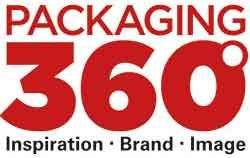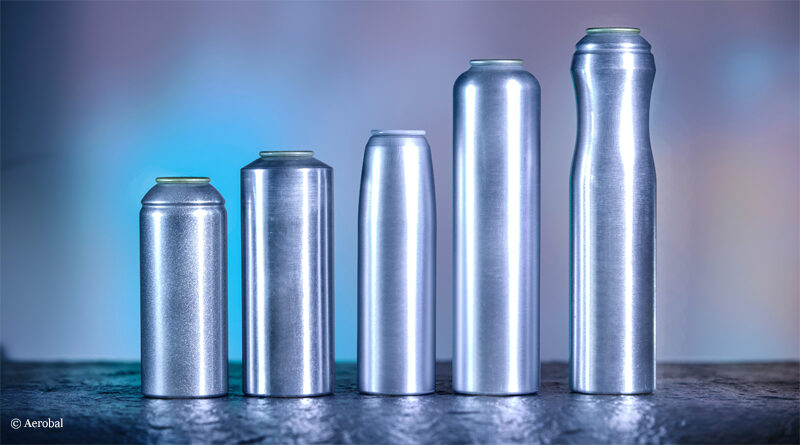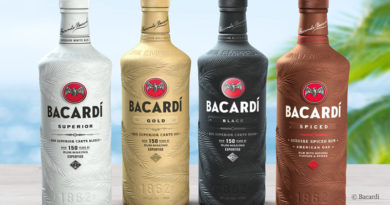Aluminum Aerosol Cans Are in Demand
According to the Aerobal industry association, demand for aluminum aerosol cans developed positively last year. The association is cautiously optimistic for 2023.
The International Organization of Aluminum Aerosol Can Manufacturers (Aerobal) reports that global shipments by its members increased by 6.8 percent in 2022 to about 6 billion units. Demand growth was particularly strong in four segments: pharmaceuticals (up 13 percent), hairspray (up 17 percent), shaving foams (up 14 percent) and other personal care products (up 42 percent). Demand from the volume-dominant deodorant and perfume market was also reportedly satisfactory. Here, the increase was just under 4 percent. Overall, the personal care market accounted for around 82 percent of total deliveries.
Demand in the 27 EU member states and the United Kingdom combined rose by around 10 percent. Deliveries to South and North America also increased by 6 percent. These regions accounted for about 71 percent of Aerobal members‘ total shipments. Demand from Asia and Australia also increased by 6.7 percent, while shipments to the Middle East alone fell by nearly 4 percent.
Shortages of machine parts and labor
The aluminum aerosol can industry is currently struggling with two main challenges. “First, a lack of adaptability of machinery for the production of innovative aerosol cans. In addition, the availability of technicians and skilled labor has become a crucial competitive factor in the industry,” notes Wan Tsang Lin, President of Aerobal.
In terms of sustainability, the EU Commission’s draft regulation on packaging and packaging waste will pose further challenges for manufacturers in Europe and for importers. “The proven innovative strength of the can industry, the outstanding material properties of aluminum, and the material’s optimal recyclability will contribute to resource-efficient packaging solutions that will reliably meet the new legal requirements,” Wan Tsang Lin is certain.
The existing order backlog indicates satisfactory market development in the first quarter of 2023, the association adds. Among the risk factors are inflation and its impacts on private consumption. “It is true that in the past the packaging markets were comparatively resilient even in times of crisis. However, the loss of purchasing power among consumers could ultimately also have a negative impact on the FMCG markets and thus also on the personal care market,” Wan Tsang Lin sums up.




